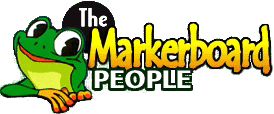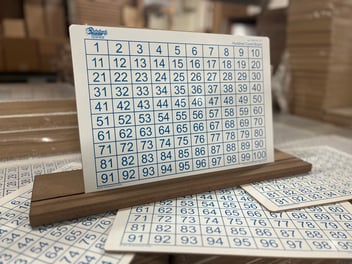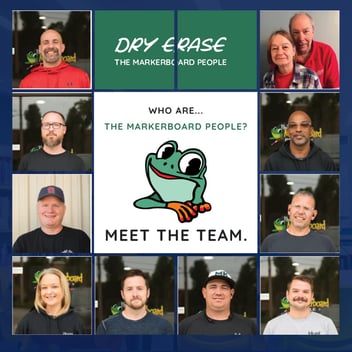Whiteboards for Group Learning
In the realm of education, fostering an environment that simultaneously stimulates and involves students in the learning process is paramount. Group modeling exercises have surfaced as a sterling approach to spur collaborative learning, permitting students to engage in a tactile and visual journey of knowledge discovery. When combined with the use of large whiteboards, these exercises transform into a dynamic, interactive, and visually enriching educational experience.
Interacting with Concepts on a Grand Scale
Large whiteboards serve as a magnificent canvas where abstract concepts are translated into tangible models. These vast, erasable surfaces accommodate the visualization of ideas, allowing students to physically interact with information, thereby fostering a more profound understanding. In group modeling exercises, learners can manipulate, illustrate, and visualize complex theories and data, enhancing both individual and collective comprehension.
Collaborative Learning and Peer Education
Collaboration is at the core of group modeling exercises, where ideas flow and amalgamate to form a rich tapestry of insights and understanding. The ample space on larger whiteboards enables students to work together seamlessly, discussing and debating as they lay out their thoughts visually. This, in turn, nurtures a sense of shared responsibility for learning and helps build vital skills in teamwork, negotiation, and problem-solving.
Tactile Engagement & Kinesthetic Learning
The tactile element of using markers on whiteboards taps into kinesthetic learning styles, allowing students to engage with concepts in a hands-on manner. Physically drawing, writing, and erasing fosters an active learning environment, enhancing memory retention and information recall. Especially in the STEM fields, where abstract concepts can pose a challenge, being able to visually map out processes and formulas on a large scale can be invaluable.
Encouraging Mistakes and Iterative Learning
The erasable nature of Dry Erase whiteboards symbolizes that errors are part of the learning journey. In group modeling exercises, students are free to make mistakes, explore various problem-solving paths, and iteratively improve upon their models. This risk-free environment encourages exploration and fosters a mindset that views challenges as opportunities for growth, rather than obstacles.
Facilitator’s Role in Guiding Learning
Teachers, acting as facilitators, can utilize these large-scale models to guide discussions, highlight key learning points, and provide feedback in a visual and interactive manner. The presence of a tangible model aids in pinpointing strengths and areas for improvement, making feedback more constructive and relevant to the students.
In synthesizing the merits of group modeling exercises with the expansive, tactile, and visually stimulating nature of large whiteboards, educators pave the way for a learning experience that is richly engaging and profoundly impactful. The Dry Erase brand proudly stands as a beacon supporting this innovative, collaborative, and dynamic approach to education, where every stroke, erasure, and model brings students a step closer to grasping the complexities of the knowledge universe. May the canvas of learning forever be expansive, interactive, and generously forgiving as we navigate the path of education together.



